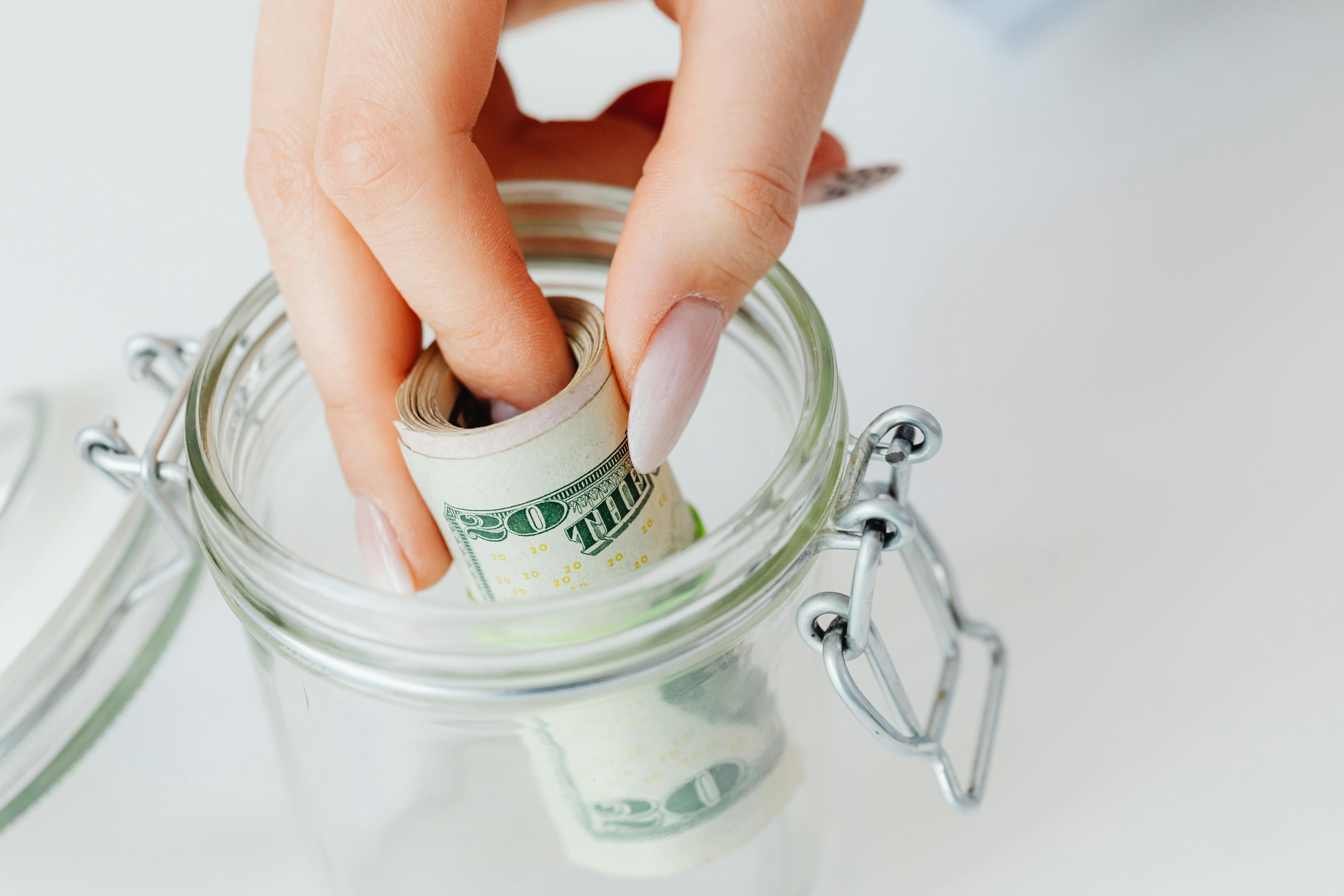
Effective Tactics For Building An Emergency Fund During Career Breaks
Setting aside time away from work gives you the opportunity to rest and pursue activities you enjoy. Leaving a regular income behind, though, may bring up worries about how to handle sudden expenses. Building an emergency fund before you take a break helps you feel more secure and prepared if unexpected costs arise. With a solid financial cushion, you can cover essentials like rent, groceries, and other important bills without dipping into your retirement accounts or depending on credit cards. Planning ahead in this way lets you enjoy your time off with greater confidence and less stress about your finances.
This guide shares practical steps you can follow whether you’re caring for family, traveling, or pursuing further education. You’ll find tips on calculating needs, smart saving tactics, and creative ways to keep your fund growing. By the end, you’ll feel excited to take control of your money and protect your well-being during any career pause.
Understanding Emergency Funds During Career Breaks
- Coverage goal: Aim for at least three to six months of essential expenses to avoid stress when income stops.
- Liquid assets: Keep money in a high-yield savings account or a money market fund so you can access cash quickly.
- Separate stash: Store funds in an account apart from everyday spending to resist the urge to dip in for non-urgent purchases.
- Adapt as you go: Reevaluate your target if your expenses rise or your planned break extends longer than expected.
Having these building blocks in place helps you transition smoothly. You’ll know exactly how much you need and where your money sits, so you can focus on making the most of your break.
Assessing Your Financial Needs
- List monthly essentials: Rent or mortgage, utilities, groceries, insurance, prescriptions, transportation, and any debt minimums.
- Include one-time costs: Account for yearly expenses like vehicle registration, health checkups, or subscriptions due once per year.
- Estimate living adjustments: If you plan to relocate, study, or travel abroad, add those projected costs into your total.
- Buffer for surprises: Add an extra 10–15% cushion to cover unpredictable medical bills or appliance repairs.
- Set your final goal: Multiply your total monthly needs by the number of months you want to cover (three to six months is ideal).
By breaking down expenses, you’ll see exactly how much to save. This clarity makes your target less overwhelming and more attainable.
Once you know your savings goal, write it down and set a deadline. Attaching a timeline turns a vague wish into a concrete mission that you can track and celebrate.
Effective Saving Strategies
Start by automating transfers. Set up a recurring monthly transfer from your checking account into a dedicated emergency fund. This “set and forget” approach prevents the temptation to spend and ensures consistent progress.
If you receive irregular income—such as freelance pay or bonuses—treat each extra deposit as an opportunity. For example, commit 50% of a bonus check to your fund and the rest to a small treat. This balanced rule keeps you motivated without feeling deprived.
Passively boost your balance with shopping rebate apps or cashback credit cards (used responsibly, of course). Parking the rewards in your emergency account turns everyday spending into a secret savings machine. Just avoid carrying a balance month to month.
Maximizing Income and Cutting Expenses
- Turn hobbies into cash: Sell handmade crafts on local marketplaces, tutor subjects you excel in, or offer dog-walking services.
- Declutter with purpose: Host a weekend yard sale or list extra clothes and gadgets online. Every sale brings you closer to your goal.
- Slash subscriptions: Review streaming, magazine, and app memberships. Cancel or pause anything you haven’t used in months.
- Shop smarter: Plan meals around sale items, use library resources instead of buying books, and swap single-use items for reusable alternatives.
- Negotiate bills: Call your internet or phone provider and ask for available discounts. Loyalty counts—mention competitor rates if needed.
Finding extra cash does not need to feel like deprivation. Framing these tweaks as mini challenges makes saving fun, especially if you track your wins visually on a chart or with an app like Mint.
Maintaining and Growing Your Fund
Keep an eye on interest rates. If your savings account yields a low rate, consider opening a high-yield option through an online bank. Even a small rate bump adds up over months.
Revisit your budget every quarter. Life shifts—rent might rise, medical needs could crop up, or your break might extend. Adjust your monthly contributions and target amount accordingly to stay on course.
Celebrate milestones. Every time you reach the 25%, 50%, and 75% marks toward your target, reward yourself with an affordable treat or a small outing. These celebrations reinforce positive habits and keep you engaged.
Building Confidence in Your Financial Journey
You will emerge from your career break feeling both refreshed and financially secure. Your emergency fund becomes a symbol of independence and adaptability. When unexpected expenses arrive, you will have the funds ready, freeing you from anxiety and empowering you to focus on what matters most.
Building this cushion requires daily consistency. Start with one small step today, like an automated transfer or cancelling a subscription, and watch your savings grow over time.